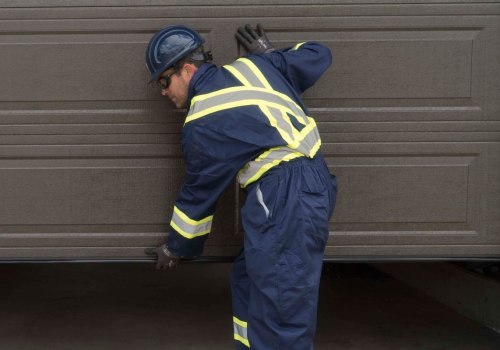Lubricating moving components is one of the most critical steps in maintaining garage doors, as it minimizes friction and restores proper functionality. It also reduces creaks and annoying noises, extends the life of the system and keeps it running smoothly. We'll send an experienced garage door technician to check the problem and explain the next steps. If you've lubricated all the parts properly and you still have a loud garage door, it's time to call an expert.
Although it is not necessary to lubricate them, cleaning the caterpillars makes the garage door work smoothly. You should also cut off the electricity to an automatic door to ensure that there is no danger while cleaning. Any remaining squeaks mean that you have another problem with your garage door that should be fixed by a professional. If your garage door no longer makes noise, you should check that the parts are not misaligned.
After lubricating all the parts of the garage door, you can reconnect the power supply (if you have an electric door). To lubricate a garage door, first close it and disconnect the power by turning off the switch or circuit breaker. For example, your garage door has two small black components on the bottom that serve as motion sensors. Fortunately, with proper maintenance and lubrication, you can avoid noise and extend the life of your garage door.
Once you've lubricated the hinges and rollers, spray the springs and support plates, which are normally found on the top of the door. If these sensors are now misaligned, dirty, or out of place, the door won't open or close properly. To finish lubricating the garage door, spray the top of the rail, which normally runs from the door to the garage roof. For that reason, lubricating the garage door is the best method for achieving a quieter and well-functioning garage door.
Open and close the door several times to confirm that you have sufficiently covered all components with grease.







